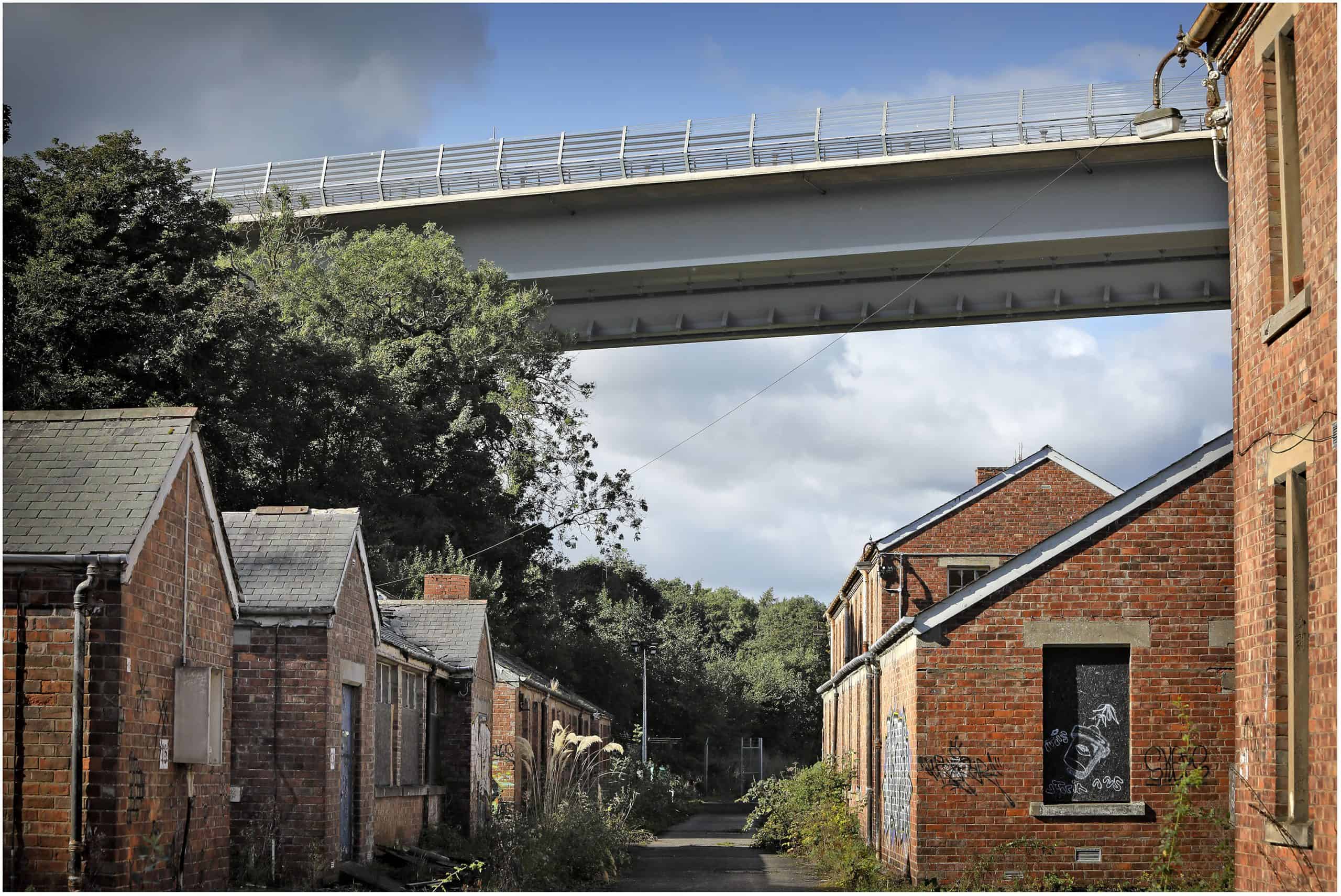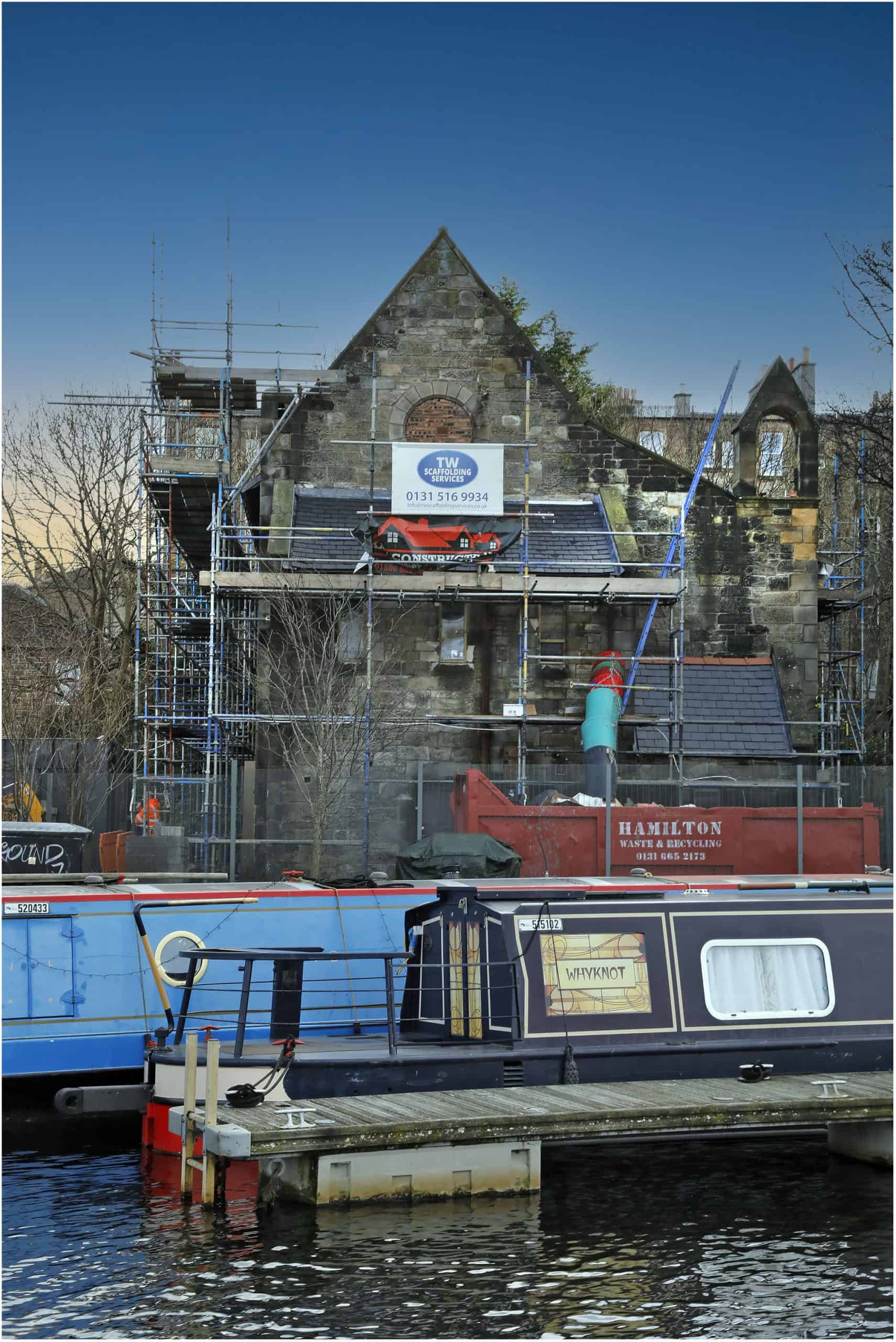The modern world seems to be all about risk. We analyse it endlessly, look at risk aversion so we don’t face it all and then mitigate against all the risks we can think of for our businesses. The construction and house building sector is no different to any other in that respect and possibly takes the issue of risk even more seriously than any other.
However, Scotland needs more risk takers and more bold innovative solutions in its house building efforts. We are facing serious environmental challenges and, as will become more and more apparent, very serious choices about how far public funds will be able to stretch and what they should stretch to – including, in relation to housing across the country. Maybe it’s time for a more enlightened view of the risks involved in construction to help tackle that.
According to the Scottish Empty Homes Partnership there are around 43,000 long-term empty properties here in Scotland and the organisation’s mission is to bring more of these back into use. They describe empty homes as a wasted resource and at a time of housing emergency.
Repurposing empty and derelict buildings
Many housebuilders may shy away from these potentially exciting projects because they are not prepared to take, in particular, the financial risks associated with them, especially when it comes to refurbishing old and derelict properties. It takes a lot more thought and flexibility to convert what is already standing into something beautiful again, rather than flatten the old and construct the new – and that can be expensive. It often means fitting a quirky bespoke home into an already defined space rather than rolling out an accepted, standard house type. This reticence is completely understandable, but many of these buildings and challenges are well worth taking on.
There are several examples across Scotland of churches, derelict and empty residential buildings, former office blocks and even a former naval base that are undergoing or have completed their journeys to high quality homes. Whilst a measured account of the risks involved is essential, there are many benefits to taking a property that is dis-used, derelict or crumbling and breathing life into it again. Not enough attention is paid to the benefits and we need more risk takers to help to take these projects on board to help to address our housing needs.
Carbon capture and local economy boost amongst benefits of buildings repurposing
Repurposing such buildings and reducing our carbon footprint is hugely important and many projects offer the perfect example of carbon capture – reusing and repurposing buildings to cut down on the emissions involved in demolition and new build. Experience shows that these buildings, once fully renovated, are as highly sought after by tenants and owners as new build properties. Sometimes more so, as they also have a history attached to them, they are part of the community in which they are situated or use materials (such as two foot wide stone walls) that would not be cost effective to build from scratch nowadays.
Carbon capture is not the only benefit as these types of developments provide a general uplift to the surrounding area and have knock-on effects for the local community. Often a well-known local eyesore can be transformed into attractive housing, providing not just a visual improvement, but a boost to the local economy too.
Companies in the sector need to implement policies and procedures to increase sustainability across all areas of their work. There are plenty of opportunities to do this but especially so in old and abandoned properties. There is much that can be done by the government to encourage these projects. Planning authorities can be superb at working with developers to ensure that the finished development makes the best use of existing structures whilst still meeting policy objectives and that any concerns are sensitively worked through, in partnership, before months of costs are incurred. A renewed focus by all planning authorities on these types of projects with an enabling mindset is hugely helpful. Perhaps more focus for Housing Association Grant and other central government funding should also be placed on these projects. When finance is very tight – which projects would you prefer were supported?
It is time for a bold new approach across Scotland.












